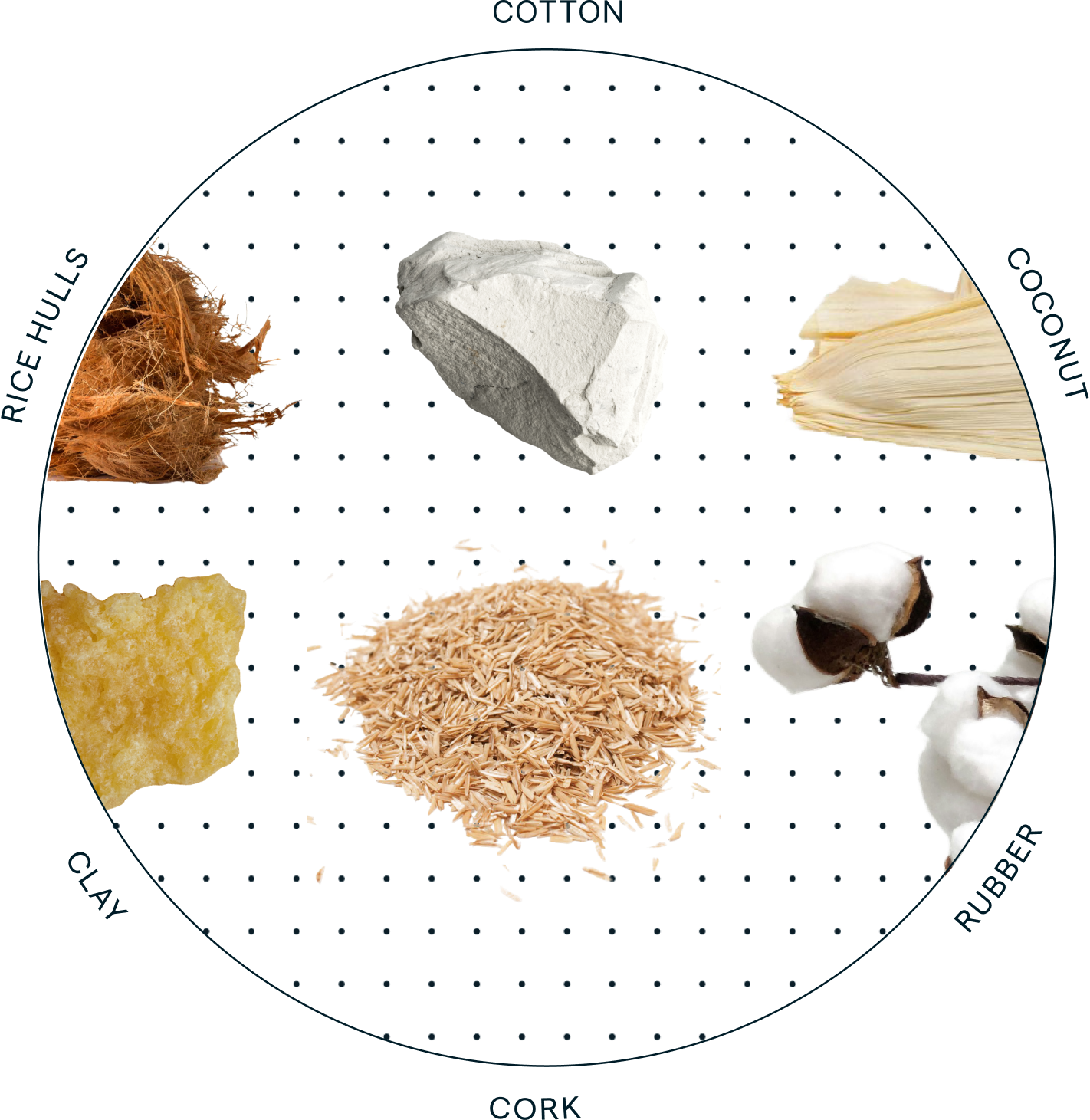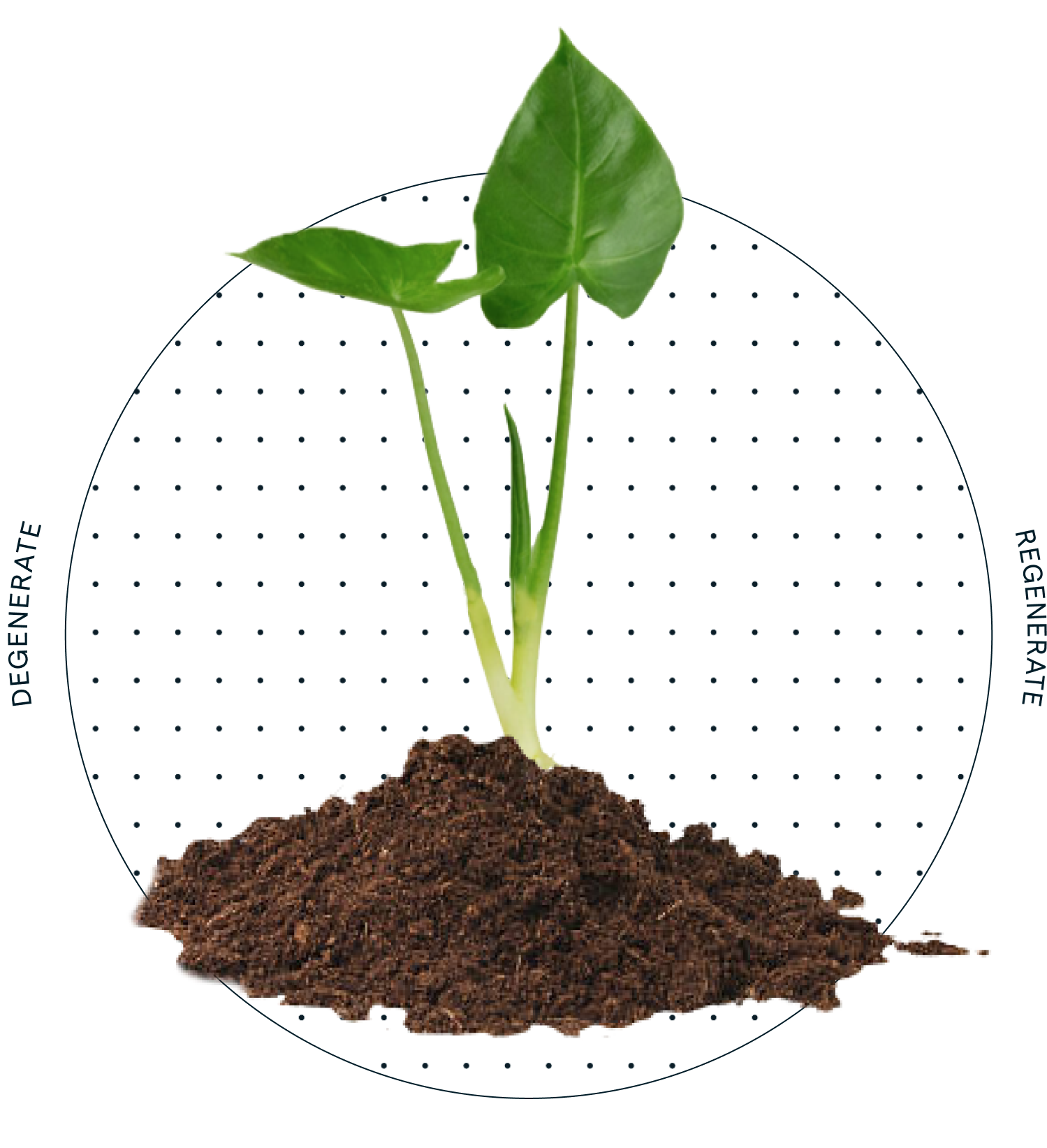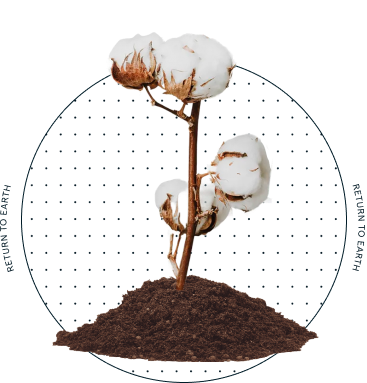The Ground Rules.
The instruction manual for life on Earth.
Start well.
Use only natural ingredients that have been abundant on earth for millions of years.
Start well.
Everything we need is in nature, brought to us through the gift of plants - from cellulose to natural elastomers and plant oils. All of it packed with vitamins, minerals, and proteins.
.png?width=554&height=307&name=Group%2B359%2B(1).png)
Stay clean.
Add no synthetic toxins or plastics at any stage of manufacturing.
Start clean.
We unearth the performance potential of natural inputs using proprietary processes without adding plastics or toxins.
.png?width=500&height=272&name=Group%2B377%2B(1).png)
End well.
Ensure materials can safely return to the earth at end-of-life.
End well.
We rigorously test everything we create to always ensure we do no harm.
.png?width=500&height=223&name=Group%2B360%2B(1).png)
NFW x Unless Collective
The rules in play.
Start well.
Everything we need is in nature, brought to us through the gift of plants - from cellulose to natural elastomers and plant oils. All of it packed with vitamins, minerals, and proteins.

Stay clean.
Crafted using green chemistry that allows the materials break down into their natural elements.
.png?width=1391&height=1410&name=Group%20386%20(1).png)
End well.
No plastic and made to return to the earth, rejoining the planet's naturally circular system.

NFW x Ralph Lauren
The rules in play.
Start well.
CLARUS® technology enhances the strength and durability of virgin and recycled natural fibers.

Stay clean.
Our closed-loop green chemistry process enhances virgin fibers and revitalizes recycled fibers for maximum performance.

End well.
Every strand of CLARUS® is fully circular, allowing it to return to the earth as nutrients.

A platform of plastic-free performance materials to remake everything.
MIRUM®
Plant-based, plastic-free, not leather
CLARUS®
Tunable, precision-engineered fabrics
PLIANT™
Footwear outsoles with zero synthetics
TUNERA™
First-in-kind bioneutral foam